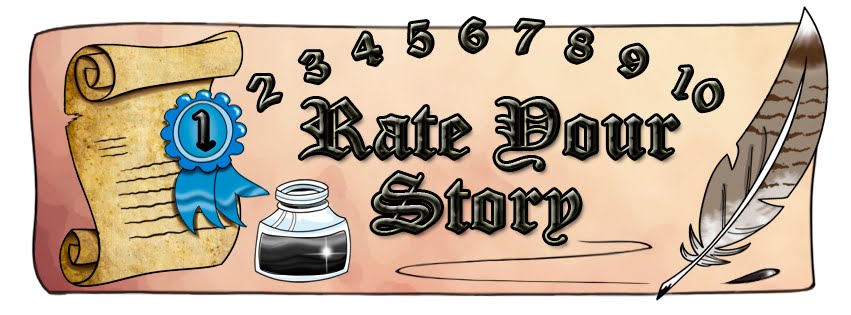Today we've got Rate Your Story judge, Anne E. Johnson, breaking down the differences between flash fiction and shorter works of fiction.
You may have heard the term flash fiction defined as a story of 1000 words or fewer. Many publications cap that at five hundred words. And then there are micro-fiction, nano-fiction, and drabbles, not to mention Twitterfic, joining the flash family. Flash fiction is not just a flash in the pan.
Magazine submission guidelines often require that stories for children be under 1000 words – even significantly shorter than that for very young readers. Humpty Dumpty Magazine, for example, has a “Build-a-Book” feature with a limit of 125 words. Yet you never hear these tiny kidlit stories being referred to as flash fiction.
Here’s an article from The Guardian about how a top author of literary fiction approaches flash works. Some aspects of his process you might recognize: Use only a few characters, edit down to size, have a strong last line. But the other advice might look a bit mysterious to a kidlit writer.
In fact, a short children’s story and a piece of flash fiction have little in common. Flash fiction depends on two elements that are practically useless in stories for novice readers: metaphor and implication. Readers of flash stories are expected to extrapolate, infer further information (often not only details, but even major plot elements), and read between the lines.
Ernest Hemingway famously wrote what is often referred to as the shortest story ever, a prototype of microfiction. It goes like this:
“For sale: baby shoes, never worn.”
As an adult with experience – not only in living, but in reading literature -- you can look at those six words and fill in likely facts: 1. Somebody had a baby or was expecting one, and bought baby shoes in anticipation of the joyous occasion. 2. Because the shoes have never been worn, the baby must have died. 3. You can even assume that the seller is suffering, not only the pain of loss, but also poverty, since the shoes need to be sold.
Do not ask a kid to build a complex emotional world from six words! That sort of perception and analysis of language comes with years of practice.
When you write a super-short story for a child, it must include all the essentials of the plot. But only the essentials, plus just enough decoration to give a sense of atmosphere and characterization. The story can be simple, but it must be clearly told, not implied. It’s a special skill to be concise yet also complete. And then there is the craft of making a picture book text, a whole different writing skill in which the concision with words is interdependent with visual communication. Oh, and while you’re doing all this, make sure to keep the story fun!
Tricky? You bet. Don’t ever let anyone make you feel that creating stories for children is easier than other kinds of writing.
Anne E. Johnson’s middle-grade story collection, Things from Other Worlds: 15 Alien and Fantasy Stories for Kids, is available in print and ebook at Amazon, Barnes and Noble, and other retailers. Learn more about Anne’s writing on her website.
